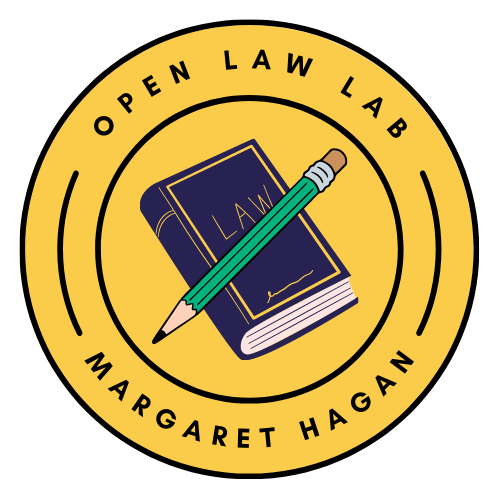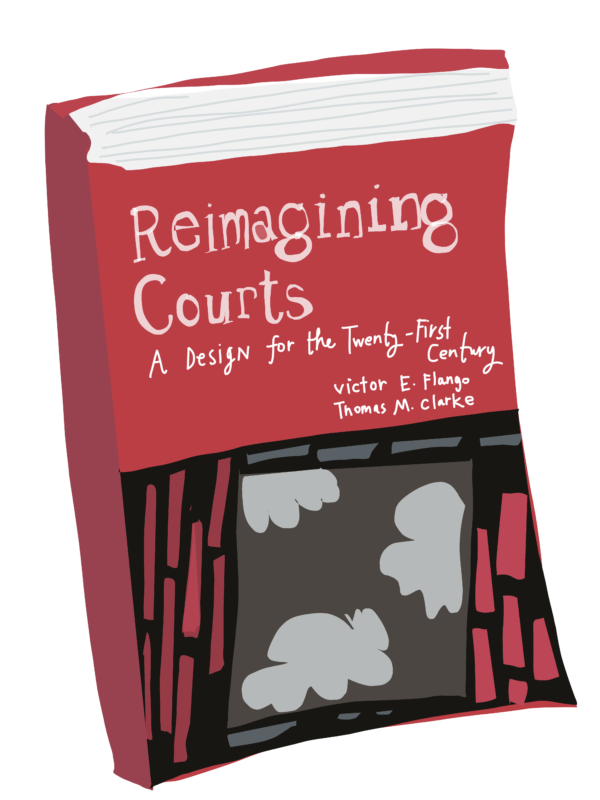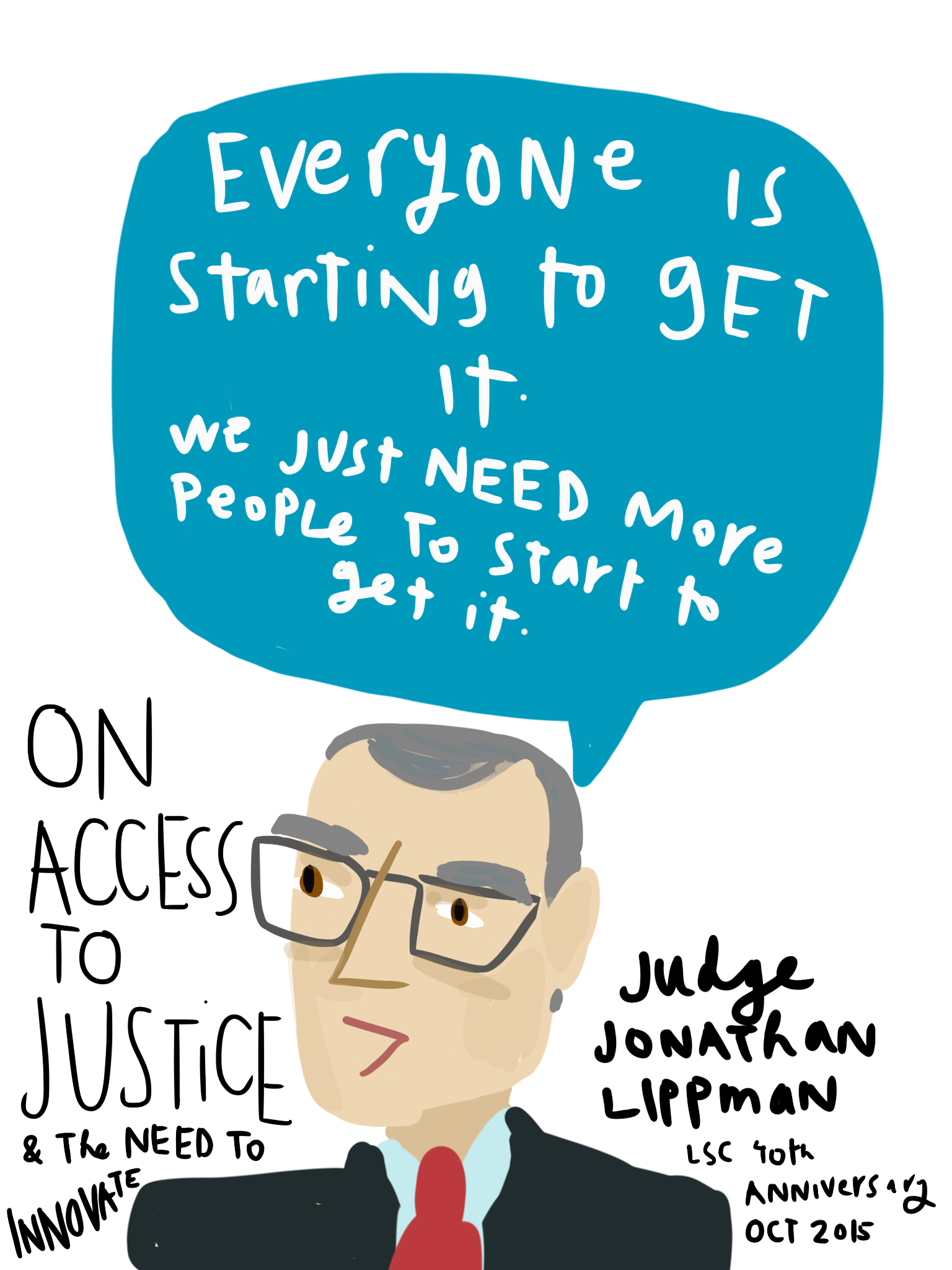Another summer read, that is definitely a must for this strange time of COVID-19 and changing court process, is the book Reimagining Courts, A design for the 21st century by Victor Flango and Tom Clarke.

This wonderful, directly written book collect data and ideas for how the court system in the United States might be improved to be more human-centered and more efficient. They look at what is happening inside of different types of court systems in the US, including some innovative new models, like problem-solving courts.
This detailed analysis leads to some exciting proposals about more litigant-centered court system design.
-What if we can triage cases to a track that better suits the litigants preferences, and the types of issues in the case?
What if we could promote more problem-solving court models, for those types of cases and litigants scenarios where more social services and treatment are needed? And where judges playing a more collaborative and holistic role can get people to better social outcomes?
I am particularly interested in new designs for housing courts and debt collection claims, and how they could be transformed with procedure that better prevents defaults; improves defendants’ meaningful participation in court; and better allocates scarce resources in the court system to resolve disputes and get people’s lives back on track.

Especially as COVID-19 has introduced new emergency procedures + formats of court, it’s time to be thoughtful about what the ‘new normal’ might be. Can we use Flango + Clarke’s suggestions of more deliberate triage of case types, more problem-solving alternatives to adversarial sessions, and more litigant choice in how much ‘process’ they get?






